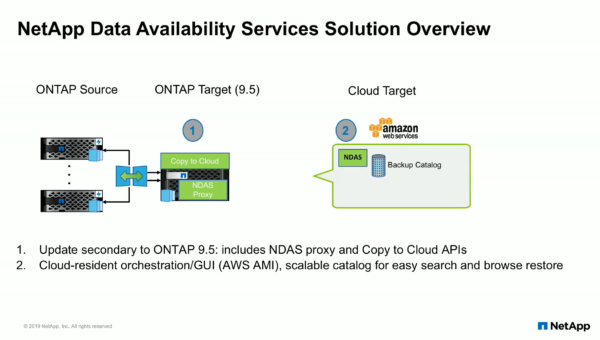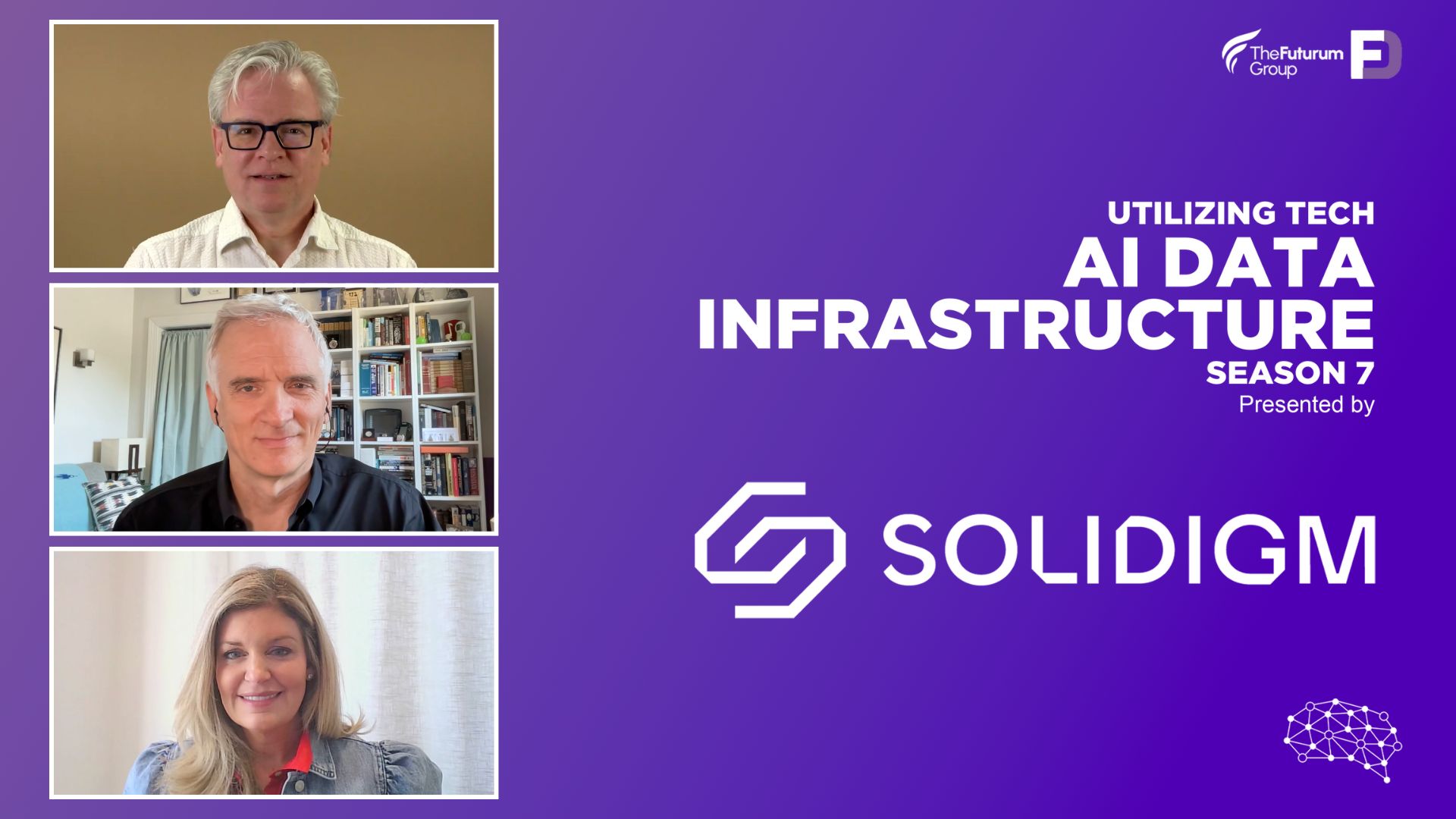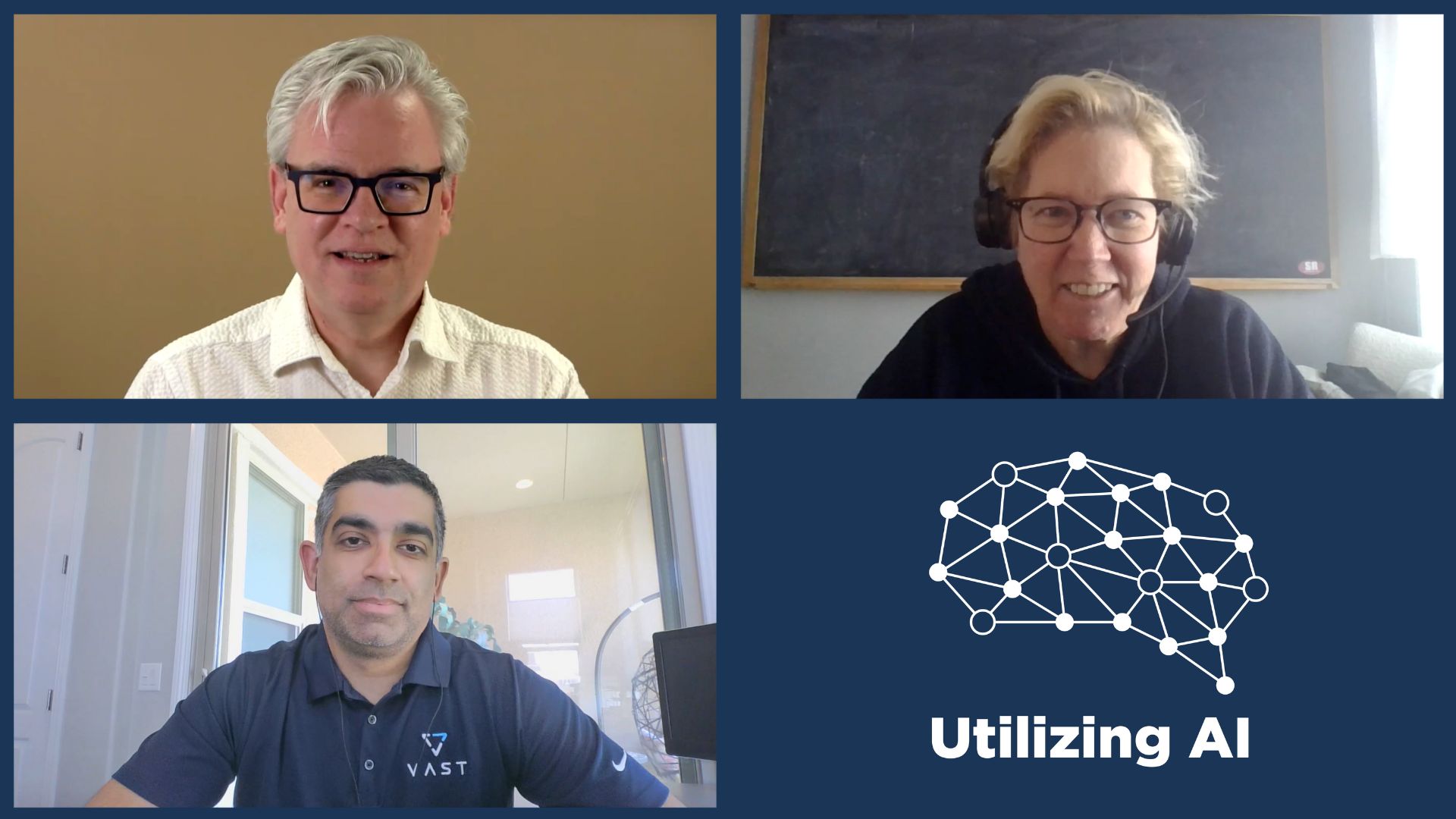Organizations wanting to take advantage of analytics for large data sets are finding it’s often simpler and more cost-effective to make use of cloud resources. NetApp’s Data Availability-as-a-Service solution provides a simple method for using hybrid cloud to provide access to those resources. It was designed with the IT non-expert in mind.
The Challenge of Ever-Expanding Data Sets
Organizations are collecting and storing ever-expanding amounts of data. Some of this is caused by growing methods of data collection, such as video cameras and Internet of Things (IoT) devices. Some is caused by the advances in data analytics and machine learning that are able to provide more insights from data sets than ever before. Basically, there are more data sources available, and more ways to use data effectively, causing the growth in storage as well as a need for access to compute power.
Most of the owners of the projects that take advantage of these large data sets are not experts in information technology (IT) – and the organizations that hire them don’t want them to be experts. In order to extract the best insights from the data, these project owners are usually experts in the particular field the data is created from and used for. One example would be hiring a city planner to help draw insights from traffic flows. Another example is a major league sports teams using video analysis and data collected from other sources (e.g. radar measuring how fast a pitcher throws the ball) to help them decide which players they’d like to recruit.
Hybrid Cloud as a Solution
Many organizations are finding that they can use the power of hybrid clouds as a way to make storing and analyzing their data simpler and faster.
Cloud storage, with its ability to expand available data space to store nearly any amount of data, is an obvious solution, but more organizations are finding hybrid solutions easier to use. They use it as an expansion of their on-premises data storage, rather than as separate storage. This makes things far simpler for the subject matter experts who don’t have the time – or the need – to become IT experts.
Hybrid cloud is able to provide organizations access to huge amounts of computing power on an as-needed basis. These huge pools of compute power combined with the use of machine learning can enable analytics jobs to complete in minutes or hours. Those same jobs might take days or even weeks to run using only the resources available in the organization’s on-premises datacenter.
Deploying, maintaining, and optimizing hybrid cloud solutions at the needed scale is not something the non-expert IT people have been able to do on their own.
Introducing the NetApp Data-as-a-Service Hybrid Cloud Solution
One hybrid cloud solution worth looking at is the NetApp Data Availability-as-a-Service (NDAS) offering which we saw at Storage Field Day earlier this year. NetApp, a long-time performer in the storage industry, is working to make hybrid cloud available to people without requiring them to become IT experts.

NetApp storage arrays run NetApp’s proprietary operating system, OnTap. NDAS uses OnTap’s data replication technology, SnapMirror, to expand an on-premises array’s storage volumes onto a virtual OnTap running in the cloud.
By simplifying this expansion to the cloud, NDAS enables easier management of the full data lifecycle, from collection through consolidation, to analysis, to archiving. NetApp’s solution makes these capabilities available to the IT non-expert. Having the data closer to the pools of compute resources available in the cloud, NDAS enables shorter time to insights into the collected data.
Closing Thoughts
With ever-expanding data sets and machine learning capabilities, organizations are exploring cloud solutions for access to resources not available in their on-premises datacenters. Hybrid cloud is becoming the de facto approach to cloud for many. For more information about NetApp Data Availability-as-a-Service, watch their presentation at Storage Field Day 18.




